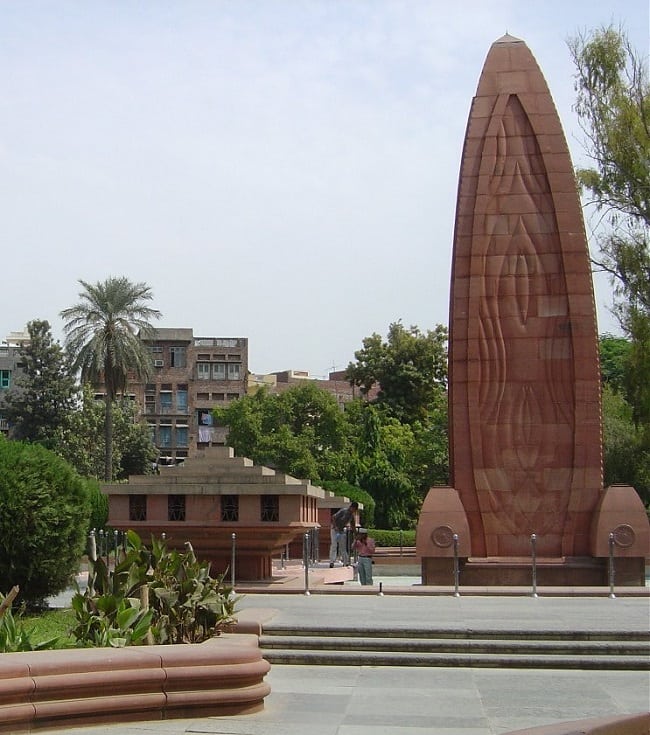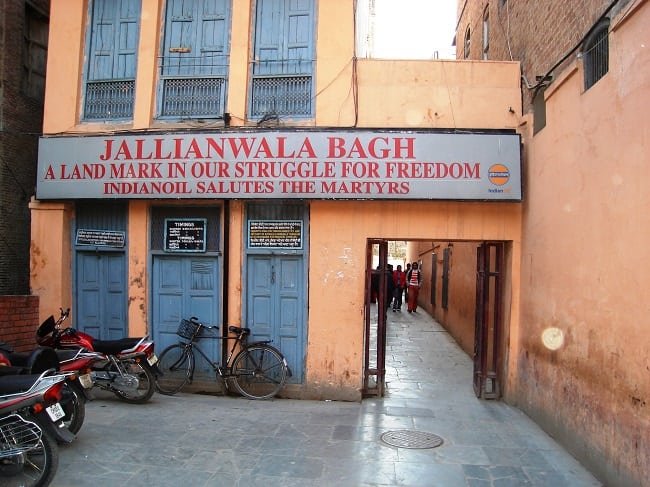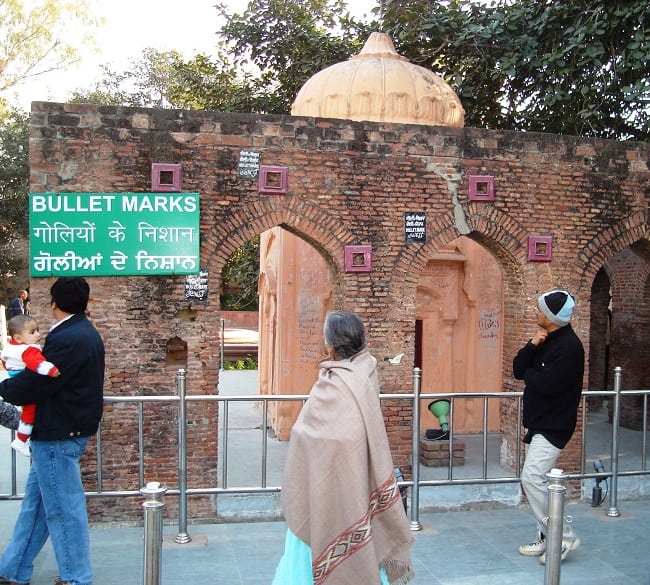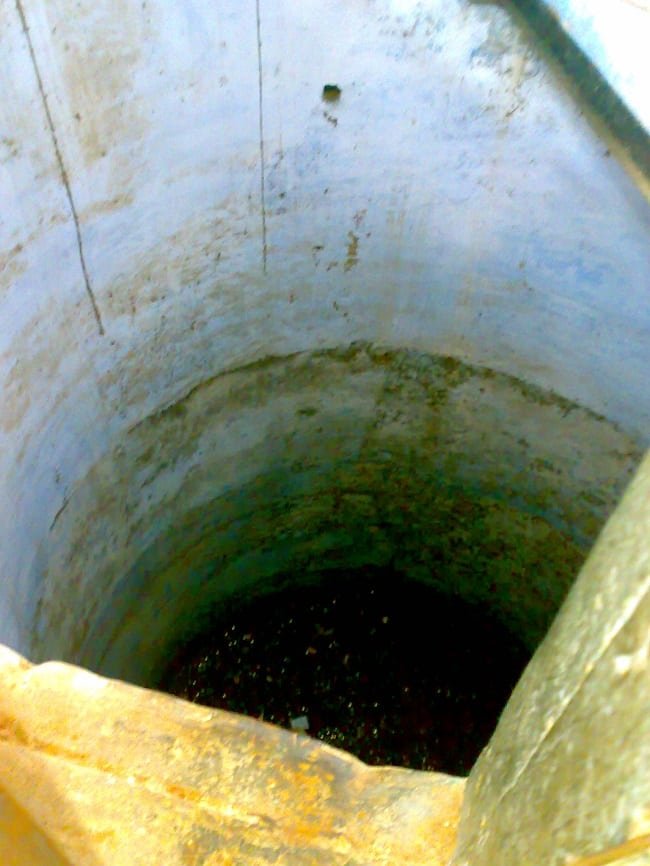Jallianwala Bagh Massacre has become a famous name and place in Indian history as the Jallianwala Bagh Massacre since 1919. It is a public garden located in Amritsar, Punjab, India. In India’s Punjab state, a memorial has been built in memory of peaceful people.
WHAT IS THE JALLIANWALA BAGH MASSACRE?
A memorial has been built in Amritsar, the Punjab state capital, to remember the Jallianwala Bagh massacre or Amritsar massacre.
The memorial was first established in the year 1951 to remember and pay tribute to the people who had sacrificed their lives in the massacre done by the forces of the British rule over the peaceful Indian people who were involved in celebrating the most famous occasion of the Punjabi culture called Punjabi New Year on 13th of April in 1919 at the Jallianwala Bagh, Amritsar.
It was informed by the colonial British Raj sources that around 379 people were dead and 1100 were wounded whereas according to one of the Civil Surgeons (Dr. Smith), it was estimated around 1,526 people were wounded but still the true data is unknown.
Jallianwala Bagh Garden is located in an area of around 6.5 acres means 26,000 m2 near the Golden Temple complex which is a very holy place for the people of the Sikh religion.
The memorial, built at the Jallianwala Bagh massacre site, is managed by a trust called Jallianwala Bagh National Memorial Trust. This memorial was established by the Government of India in the year 1951 as per the Jallianwala Bagh National Memorial Act.
The Jallianwala Bagh massacre is commemorated by people all over India every year on the 13th of April in order to remember and pay tribute to the people who had sacrificed their lives in that massacre.
Quick Facts of Jallianwala Bagh Massacre:
Place: Amritsar
Date: 13 April 1919, 5:30 PM
Target: Hindu, Muslim and Sikh religious and political gathering
Type: Massacre
Deaths: 379–1000
Perpetrators: British Indian Army
HISTORY OF THE JALLIANWALA BAGH MASSACRE
Jallianwala Bagh massacre has been added as a very bad event in the history of India happened on the 13th of April in 1919 when a big crowd of common people (Baishakhi pilgrims) including non-violent protesters gathered at the Jallianwala Bagh public garden in Amritsar, Punjab.
They were firing very offensively towards the gates so that people cannot get out of the place and came in front of their bullets. It was informed that the number of dead people was around 370 to 1000 or even more.
A big crowd was attacked by the British forces in this protest. Both of the leaders named Satya Pal and Saifuddin Kitchlew supported Mahatma Gandhi in the Satyagraha movement.
Sherwood, an English missionary, was beaten by the mob on April 11th. A few local Indians, including the father of her pupil, saved her. Amritsar continued to be a victim of the revolt during which railway lines were cut, government offices were burned, telegraph stations were destroyed, etc.
Baisakhi was a traditional Sikh festival on the 13th of April when a large crowd of Sikhs, Muslims, Hindus, and others gathered at Jallianwala Bagh near Harmandir Sahib, Amritsar.
It was just the time to start meeting and then Dyer reached there with his group of Gurkha loaded with 303 Lee-Enfield bolt-action rifles and machine guns, surrounded the garden from all sides, and started firing on the crowd without any warning.
After the trial the sound of firing, the public started running sporadic but they did not take anyway to escape out of the place as they were fully among the British force.
Most of the people jumped into the nearest well in order to get saved themselves. Later 120 dead bodies of the people were obtained from the well.
WHY JALLIANWALA BAGH MASSACRE (AMRITSAR MASSACRE) ARRIVED AT JALLIANWALA BAGH
All the meetings on Sunday 13th of April 1919 were already banned by Dyer, but the news was not properly disseminated at all places in order to avoid a revolution.
It was the great reason why the crowd had gathered at Jallianwala Bagh in Amritsar and why the massacre happened at the public garden called the Jallianwala Bagh.
The 13th of April, a Sunday in 1919 was the day of the Baishakhi festival for the people of the Sikh religion. In order to celebrate this festival, a big crowd of many villagers gathered at the Jallianwala Bagh.
They continued firing on the innocent crowd for 10 minutes (1,650 rounds) until their pocket of bullets became empty.
The deadly massacre became the reason for reevaluating the role of their army which resulted in a new policy of “minimum force” in which the army was trained very well with all the suitable tactics to control the big crowd.
Feedback of the Jallianwala Bagh Massacre
British General Dyer reported his confrontation with the revolutionary army to his superior officer. He was then informed by Lieutenant-Governor Michael O’ Dwyer via telegram that “Your actions were correct and the Lieutenant Governor approved.” O’ Dwyer had also requested the continuation of martial law upon Amritsar and other nearby areas, which was later granted by Viceroy Lord Chelmsford.
It was criticized by Winston Churchill which he had debated in the House of Commons on the 8th of July in 1920. He said:
“The crowd was unarmed, except with bludgeons. It was not attacking anybody or anything… When the fire had been opened upon it to disperse it, it tried to run away. One bullet would drive through three or four bodies pinned up in a narrow space significantly smaller than Trafalgar Square. The people ran madly in every direction. When the fire was directed at the center, they ran to the sides. The fire was then directed to the sides. Many threw themselves down on the ground, the fire was then directed down on the ground. It continued for 8 to 10 minutes, and only when the ammunition had run out did it stop.”
It was Udham Singh from the Khalsa Orphanage who witnessed the Jallianwala Bagh massacre on April 13, 1919. To avenge the death of more than 1300 countrymen (killed in the Jallianwala Bagh massacre) he killed Lieutenant-Governor Michael O’Dwyer at Caxton Hall, London, for which he was hanged at Pentonville prison in London on the 31st of July.
Establishment of Hunter Commission in rejoinder to the Jallianwala Bagh Massacre
It was declared by the Government of India on the 14th of October in 1919 to make a commitment for inquiring about the Jallianwala Bagh Massacre in the state of Punjab. This commission was later named the Hunter Commission after the name of the chairman, Lord William Hunter. The commission was established aiming to investigate properly all the cases that happened recently in Bombay, Punjab, and Delhi.

Despite this, the Hunter Commission was unable to implement any disciplinary action against Dyer as his superiors disregarded his actions. Nevertheless, after much effort, he was found guilty and forced to retire from the Army before time in July 1920.
Pandit Madan Mohan Malaviya had also raised his voice in the Central Legislative Council against the Dyer actions. He claimed that between 15,000 and 20,000 people were killed by a total crowd of more than 1,000 people.
In 1919, the Indian National Congress held an annual session at Amritsar in which it requested the British Government to take early steps to establish a fully responsible government in India.
People of the Sikh religion formed the All India Sikh League as their political representative body. They had demanded to reform their Sikh shrines through the Gurdwara Reform movement during 1920-25.
Some of the Sikh servicemen had resigned from their army service and adopted non-violence by the Akali movement leaders to constitute an anti-British terrorist group called Babar Akalis.
Present-day Entrance to the Jallianwala Bagh

Bullet marks on walls at Jallianwala Bagh

The Martyrs’ Well

Read More
| April Social Events | Date of Celebration |
| Prevention of Blindness Week | 1st to 7th April |
| World Health Day | 7th April |
| Jallianwala Bagh Massacre | 13th April |
| Ambedkar Jayanti | 14th April |
| World Hemophilia Day | 17th April |
| World Earth Day | 22nd April |
| World Book Day | 23rd April |